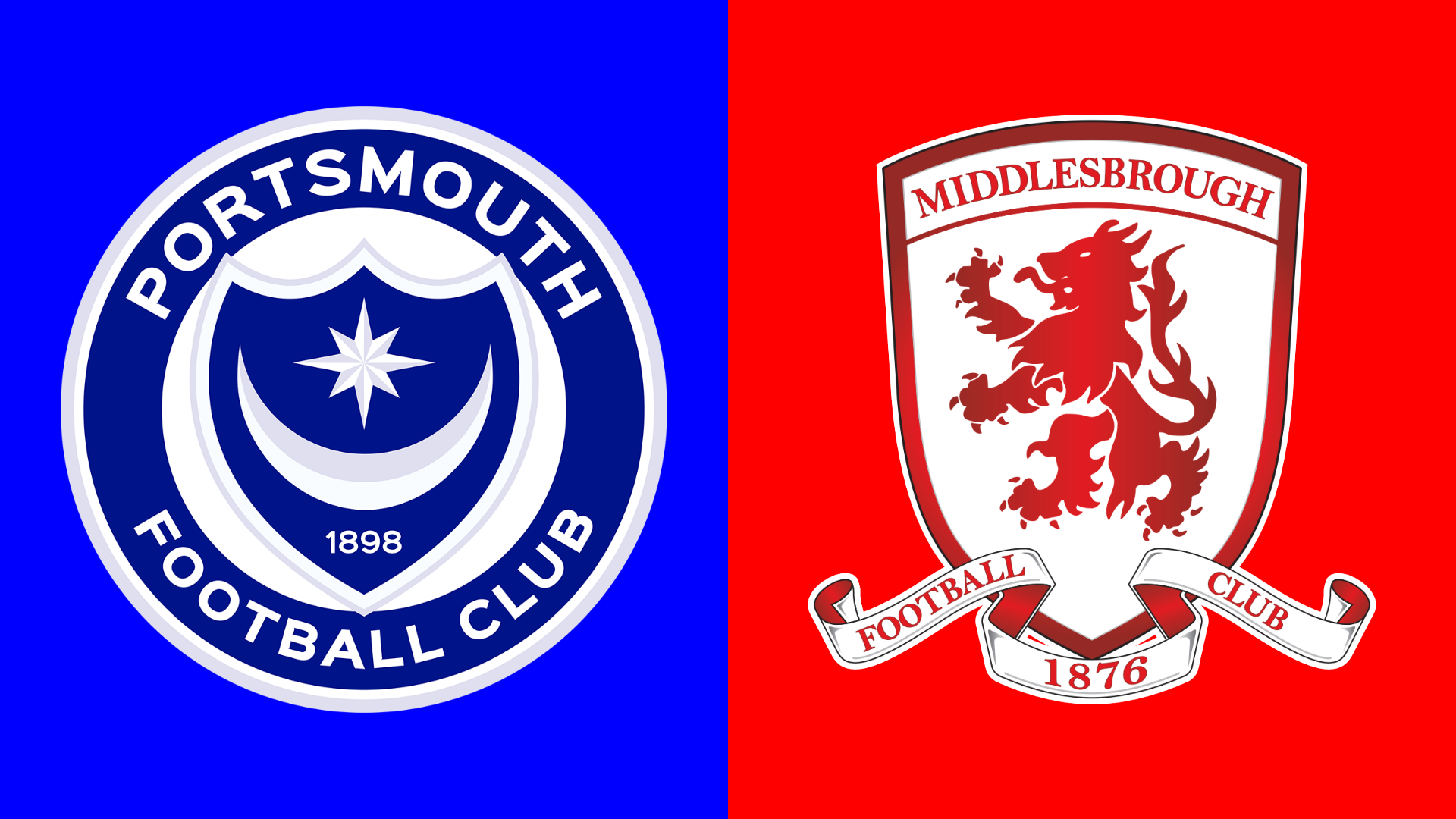You know, sometimes you just need a stupid project to keep your mind busy. And comparing the historical weight of Portsmouth F.C. against Middlesbrough F.C. definitely qualifies as a stupid project. Why these two? They aren’t rivals. They are miles apart geographically. But the whole thing started because of a bottle of cheap supermarket wine and my mate, Steve.

Steve is a massive Boro fan. We were just sitting there last month, watching some archived match footage—I think it was the 2006 UEFA Cup Final, the Boro loss—and he started rambling. He kept arguing that Boro’s legacy, purely because of that mid-2000s European adventure and their general consistency in the top flight post-Premier League formation, absolutely dwarfed a club like Portsmouth. I said, “Hold up, Pompey won the First Division twice. That’s real history, mate.” He just scoffed. That was the trigger. I told him I was going to literally build a timeline, stick their silverware and their major moments right next to each other, and settle the argument once and for all.
Setting Up the Timeline Parameters
My first step wasn’t fancy at all. I pulled up Google Sheets and decided what metrics mattered. It couldn’t just be trophies. You need context. So, I mandated three key comparison points:
- Major Domestic Honors (League titles, FA Cups, League Cups).
- Significant European Participation (Semi-finals, finals, major wins).
- Era of Dominance (When were they genuinely considered top-tier contenders?).
The next few evenings were just a blur of clicking through Wikipedia, official club archives, and sometimes really dusty-looking fan forums. I had to verify every single claim. You wouldn’t believe how many conflicting dates you find when you look up something obscure like the timing of Portsmouth’s post-war peak.
The Grunt Work: Mapping Pompey’s Peaks
I started with Portsmouth F.C. because their peaks seemed further apart, making the job harder. I quickly identified their Golden Age: the late 1940s and early 1950s. They bagged those two consecutive League Championships in ’49 and ’50. That’s huge. That established them as true champions. I logged those dates and their FA Cup wins (1939 and 2008). The problem, though, is the massive void in the middle. From 1959 until the late 2000s, it’s mostly just lower-league grinding. I had to note down their financial calamities too, because legacy isn’t just about wins; it’s about survival.
I structured Pompey’s timeline like this:

- Pre-War Glory (FA Cup 1939).
- Post-War Reign (League titles).
- The Dark Ages (1960s–1990s decline).
- Modern Revival and Trophies (FA Cup 2008, European qualification).
- The Recent Financial Plunge and Recovery.
It was clear that Pompey’s legacy is defined by brief, stunning highs separated by long periods of struggle. You cannot ignore those two League titles, though. They are the core of the club’s historical claim.
Shifting Gears: Charting Middlesbrough’s Consistency
Then I pivoted to Middlesbrough F.C. Their timeline was different. Less volatility, maybe, but also less of that top-tier, undisputed champion status. I immediately flagged the major honors: the League Cup in 2004. That’s their big domestic one. But the real story for Boro is their European runs. I spent ages logging all their qualification seasons—the UEFA Cup appearances, especially that 2006 Final run. That was the period Gary (and Steve) were always talking about.
Boro’s history is less about winning the biggest prizes and more about being a tough, reliable presence. They’ve spent loads of time in the top flight since the 80s, even if they’ve bounced back down a few times. I structured their sheet around the managerial eras that delivered consistency:
- The Jack Charlton era foundation.
- The Robson Revolution (mid-90s, major signings, multiple cup finals).
- The European Years (early 2000s under McClaren).
What I realized immediately was the difference in pedigree. Pompey has the two League crowns, the undisputed heavyweight titles. Boro has consistency and a European Final appearance. It’s the difference between a champion who dominated 70 years ago and a modern contender who hit peak form for five intense years.
The Final Judgment: Weighing the Legacies
When I finally printed out the two parallel sheets and stuck them up on the wall, the answer was staring right at me. I called Steve over, made him look at the facts. You have to decide what “superior legacy” means.

If legacy is purely about winning the absolute biggest thing possible—the League title—then Portsmouth F.C. wins, hands down. You can’t take those championships away, no matter how long ago they were. They define the club’s ultimate potential.
However, if legacy means consistent modern relevance and high-level engagement (cup finals, European tours, remaining generally solvent in the top two tiers), then Middlesbrough F.C. looks better over the last 30 years. Their sustained pressure on major honors across multiple decades gives them a strong claim, especially for younger fans.
But I had to make a choice for Steve. My conclusion, based on the historical timeline I meticulously crafted and verified, was simple: Portsmouth F.C. retains the superior historical legacy. The two league titles just outweigh one League Cup and a UEFA Cup Final loss. Those titles mean they have reached the ultimate summit of English football history, something Boro has never done. Steve grumbled, naturally, but he couldn’t argue with the documented facts. I achieved my stupid, messy goal, and I got to learn way too much about 1950s football in the process.
